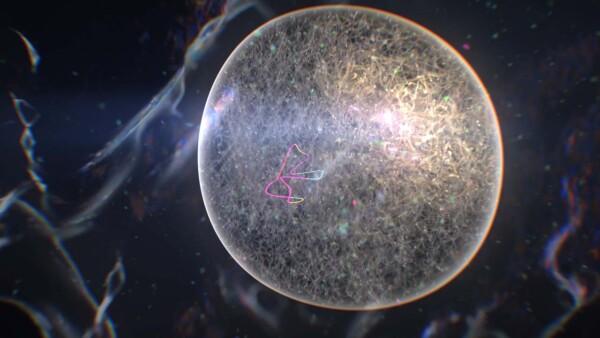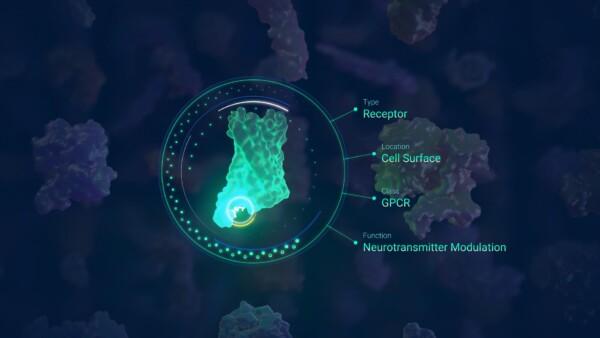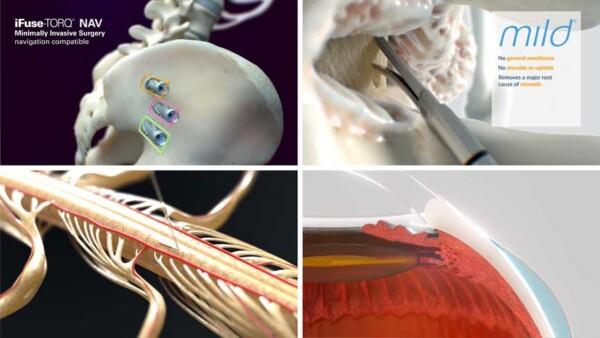
Pharmaceutical MoA Animations in Clinical Trials: Communicating Complex Information with Ease
In the world of clinical trials and pharmaceutical research, conveying complex information in a clear and concise manner is of utmost importance. The intricacies of drug mechanisms of action (MoA) and their effects on the human body can be challenging to communicate effectively to various stakeholders, including healthcare professionals, patients, and regulatory bodies. However, thanks to advancements in technology, pharmaceutical MoA animations have emerged as powerful tools for simplifying and enhancing the understanding of these complex processes.
Simplifying Complex Information with Pharmaceutical MoA Animations
Mechanism of action animations utilize the power of visual storytelling to present intricate scientific concepts in a visually engaging and easily digestible format. By combining the art of animation with the science of pharmacology, these animations provide a dynamic and interactive medium to educate and inform stakeholders about the inner workings of a drug at a molecular level. Here, we will explore the benefits and applications of pharmaceutical MoA animations in clinical trials.
Capturing the Dynamic Nature of Drug Interactions
First and foremost, pharmaceutical MoA animations offer a way to simplify complex information. Traditional methods of explaining drug mechanisms often involve lengthy scientific papers, static images, or complex diagrams. While these approaches may be appropriate for experts in the field, they can be overwhelming and difficult to comprehend for non-scientific audiences. Animations, on the other hand, break down intricate processes into visual sequences that are easy to follow, allowing viewers to grasp the concepts with greater clarity and precision.
Enhancing Comprehension and Engagement with Pharmaceutical MoA Animations
Moreover, animations have the advantage of capturing the dynamic nature of drug interactions within the body. They can showcase the step-by-step sequence of events, highlighting the specific targets, pathways, and effects of a drug. This dynamic representation helps viewers understand not only what happens at a molecular level but also how these interactions translate into therapeutic outcomes. By visually depicting the drug's mode of action, pharmaceutical MoA animations bridge the gap between scientific jargon and real-world applications, enhancing comprehension and engagement.
Versatility: Tailoring MoA Animations for Different Audiences
Another significant benefit of pharmaceutical MoA animations is their versatility. These animations can be tailored to suit various audiences, including healthcare professionals, patients, and even regulatory authorities. For instance, animations targeted towards physicians can focus on the intricate biochemical processes involved in drug action, providing a deeper understanding of the underlying science. On the other hand, animations for patients can simplify the information further, emphasizing the drug's benefits, potential side effects, and the expected treatment outcomes. Customizing animations to specific audiences ensures effective communication and empowers stakeholders with the knowledge they need to make informed decisions.
Time and Cost Efficiency in Conveying Critical Information
In addition to simplifying complex information, pharmaceutical MoA animations are also valuable in terms of time and cost efficiency. Clinical trials often involve multiple phases and extensive data collection, making it challenging to present the findings comprehensively. By condensing and visually representing the mechanism of action of a drug, animations can efficiently convey critical information in a fraction of the time required for traditional methods. This efficiency is particularly useful during presentations, conferences, or when submitting regulatory documentation, where concise and impactful communication is essential.
Aiding Recruitment for Clinical Trials
Furthermore, pharmaceutical MoA animations can aid in recruitment for clinical trials. By showcasing the drug's mechanism and potential benefits, these animations can pique the interest of potential participants and encourage them to consider enrolling in the trial. The visual representation of how the drug works can alleviate concerns and build trust among individuals who may be hesitant to participate due to the complexity or novelty of the treatment.
Conclusion
Pharmaceutical MoA animations have revolutionized the way complex information is communicated in clinical trials. By simplifying intricate scientific concepts, capturing dynamic processes, and tailoring the content to specific audiences, these animations enhance understanding and engagement among stakeholders. Moreover, their time and cost efficiency, along with their potential to aid in recruitment, make them indispensable tools in the pharmaceutical industry. As technology continues to advance, we can expect pharmaceutical MoA animations to play an increasingly prominent role in clinical trials, enabling effective communication and ultimately contributing to better healthcare outcomes.
You might also like




